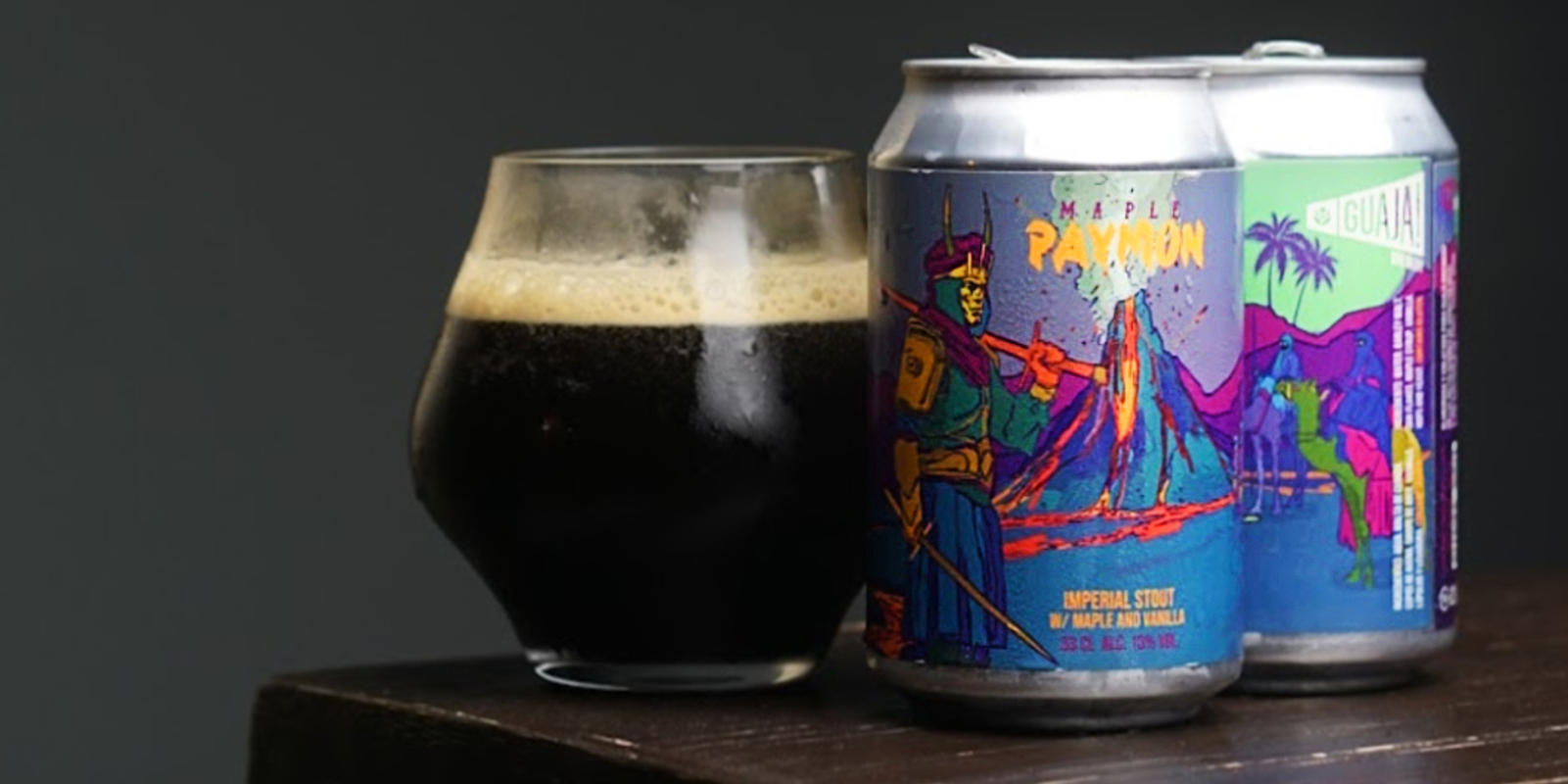
There’s perhaps no exact definition of what craft beer or a craft brewery exactly is, but craft breweries are in general characterized by the fact that they are small and independent breweries that manufacture their product using the traditional ingredients of malted barley, wheat, hops, yeast and water, without any additives or artificial colouring or carbonization.
In the US it is partly about how much beer you produce. If you produce more than 6 million barrels of beer per year, you are not considered a craft brewer. Moreover, you are an independent brewer, meaning “less than 25 per cent of the craft brewery is owned or controlled (or equivalent economic interest) by an alcoholic beverage industry member that is not itself a craft brewer.“
Lastly, it is about ingredients. You are a craft brewer if the majority of your total beverage alcohol volume in beers is those whose “flavour derives from traditional or innovative brewing ingredients and their fermentation.” For some, that means only water, malted barley, hops and yeast. For yet others experimenting with flavours that do not come from any of these alone (coffee beans, chocolate, cocoa, fruit juice) is within the limits.
Some purists will not filter their beer as that is considered to strip the beer of flavour. Beers are matured in a cask or bottle, and the process is referred to as “live beer” as the yeast keeps fermenting in a bottle or cask.
For some, it is just about being creative and making beers that are rich in flavours and taste good. Some will contend that is all about heart and soul, your passion for good beer as opposed to big business.
And finally, some will say that craft beer is not a novelty. We are simply making beer like it always was made before large-scale industrial breweries tampered with the process in order to mass produce beer and make it as cost-effective as possible. It’s slow beer against fast beer if you will.
If so, where did we go astray?
A brief history of beer
We have been making beers for thousands of years. In fact, ale is one of the oldest beverages humans have produced, possibly dating back to 10 000 BC, when cereal was first farmed and the grains used for making bread accidentally fermented. The first signs of brewing as we know it today date back to 3500 to 3100 BC in Mesopotamia, which today is Iran. In my home country, Norway, until the 1800s, no farm was complete without a brewhouse. Viking laws had it that you could lose property and grounds, and even risk expatriation, if you repeatedly failed to brew for Winter-Solstice.
Industrialized processes
Somehow the art of brewing beer – and consuming it – got lost along the lines. Beer got truly industrialized after the invention of continuous fermentation in the 1950s (Coutts, New Zealand). The technique involved beer flowing through sealed tanks, fermenting under pressure, and never coming into contact with the atmosphere, even when bottled. The yeast and other sediments got filtered out of the beer preventing further maturing of the beer, leaving it “dead” when bottled. In order to reduce costs malted barley was substituted for corn, sugar or rice and often clarifying agents were added to make the beer look bright and clean, as opposed to the traditional darker and murkier brews. To have the beer produce more foam brewers would artificially dissolve carbon dioxide under pressure into the liquid.
During most of the 20th century, beer became dominated by large-scale manufacturers who by and large produced one style of beer, the low ABV lager: Mainstream became an innocuous and flavourless lager type of beer, to paraphrase Ron Lindenbusch, the Marketing Director of the successful US micro brewery Lagunitas (ironically, Lagunitas sold 50% of their shares to the big beer giant Heineken in 2015, and the remaining 50% in May 2017, thus being 100% owbed by “Big Beer”).
The rise of craft beer

Enter the microbreweries in the 1970s to bring diversity to the market. The essence of craft or artisan beer making is not a modern concept, but the term as such allegedly originated in the UK to describe the new generation of small breweries that focused on producing traditional cask ale, not killing off the yeast and allowing the beer to keep fermenting in the casks. These ales were often coined “real ale” or “live” ales. Yet many will contend the craft beer movement started for real in the US with breweries like Anchor Brewing Company in San Francisco, whose Anchor Liberty Ale, introduced in 1975, is considered the first modern IPA. Anchor was followed by Sierra Nevada Brewing in Chico, California, established in 1979 and The Boston Beer Company, established in 1984 and particularly known for the Samuel Adams brand. The growth in local breweries (and brewpubs) that followed in the US is quite telling. In 1980 there were 90 registered breweries in the US; by 2013 the number had increased to 2 822 (cf. the US Brewers Association). Among these, 119 are larger regional craft breweries, 1 412 are microbreweries and 1 237 are brewpubs. For long the US has been the most exciting brew scene, with small brewing companies directly employing more than 110,000 people (2013). It brings a whole new meaning to the phrase, “will work for beer.”
Eventually “small” may not longer fit the definition; recent studies show craft beer is now beating big beer in the US (CNBC and WSJ).
Sources
- Brewers Association: Craft Brewer Defined, https://www.brewersassociation.org/statistics/craft-brewer-defined/
- Fortune: Here’s how massive the American beer industry has become, Aug 05, 2015, http://fortune.com/2015/08/05/beer-industry-craft-beer/
- The Guardian: Number of UK breweries rises as craft beer shows no signs of going flat, Oct 03, 2016, https://www.theguardian.com/business/2016/oct/03/uk-breweries-on-rise-craft-beer-sales-surge
- Wikipedia:
- History of beer: https://en.wikipedia.org/wiki/History_of_beer
- Brewing: https://en.wikipedia.org/wiki/Brewing
- Microbrewery: https://en.wikipedia.org/wiki/Microbrewery
- BeerAdvocate: History of American Beer, https://www.beeradvocate.com/beer/101/history_american_beer/
- Ancient History Encyclopedia: Beer in the Ancient World, http://www.ancient.eu/article/223/

